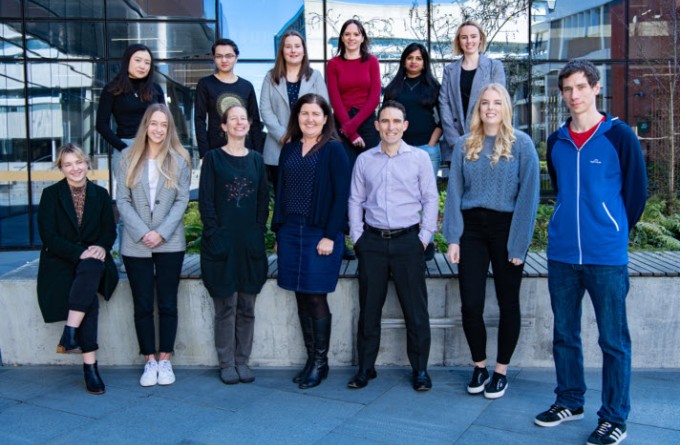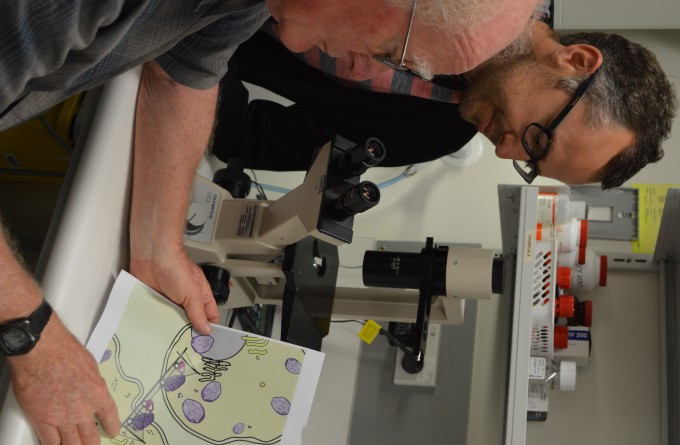14 May 2020
The Malaghan Institute’s Professor Mike Berridge has been awarded a Health Research Council of New Zealand Explorer Grant to investigate mitochondrial dysfunction in the brain as a novel early-detection test for neurodegenerative disease.

Professor Mike Berridge
In collaboration with Professor Bart Ellenbroek and Dr Darren Day of Victoria University of Wellington, the project will explore mitochondrial involvement in brain diseases like depression, autism and neurodegeneration, including Parkinson’s disease.
“A consistent feature of these diseases is progressive loss of neural cells in particular regions of the brain,” says Prof Berridge. “Darren Day has shown that mitochondrial gene expression is dramatically reduced in frontal cortex regions of the brain in a preclinical model lacking the serotonin transporter gene, Scla6a2, a model of depression.
“The results suggest that our mitochondrial gene knockout cells can potentially be used to develop a simple early detection test for depressive disorders, autism and dementia,” says Prof Berridge.
Understanding how mitochondria function and what happens to cells with compromised mitochondria has been a hallmark of Prof Berridge’s research. His group were the first to demonstrate that healthy mitochondria can be ‘donated’ or transferred to cells with damaged mitochondria as a recovery mechanism. The project will build on this cutting-edge research, and explore whether mitochondrial dysfunction in specific cells is a reliable early predictor of certain neurological diseases.
“The ultimate aim of this two-year project is to develop a simple early detection molecular assay for Parkinson’s disease based on loss of mitochondrial function in cells in the nasal cavity that are responsible for sense of smell,” says Prof Berridge.
“These diseases can be initiated in sensing cells in the nasal cavity and slowly spread throughout the brain over decades via misfolded proteins, like those involved in mad cow disease. It’s like a slow virus that moves from cell to cell.”
Establishing a simple test for the presence of damaged mitochondria in olfactory cells, could mean the early identification of brain diseases like Parkinson’s, allowing better management of symptoms before brain function is compromised, and ultimately a better quality of life for those affected.



